Biography
(No Information)
Filmography
all 5
Movies 5
self 4
Information
Known ForActing
GenderMale
Birthday1904-04-24
Deathday1997-03-19 (92 years old)
Birth NameWillem de Kooning
Birth PlaceRotterdam, Netherlands
RelationshipsElaine de Kooning (1943 - 1989)
SpouseElaine de Kooning
CitizenshipsUnited States, Kingdom of the Netherlands
AwardsNational Medal of Arts, Goslarer Kaiserring, Max Beckmann prize, Fellow of the American Academy of Arts and Sciences, Talensprijs, Logan Medal of the Arts, Praemium Imperiale, Presidential Medal of Freedom
This article uses material from Wikipedia.
Last updated:
 Willem de Kooning
Willem de Kooning- Filmography
- Information
- Related Persons
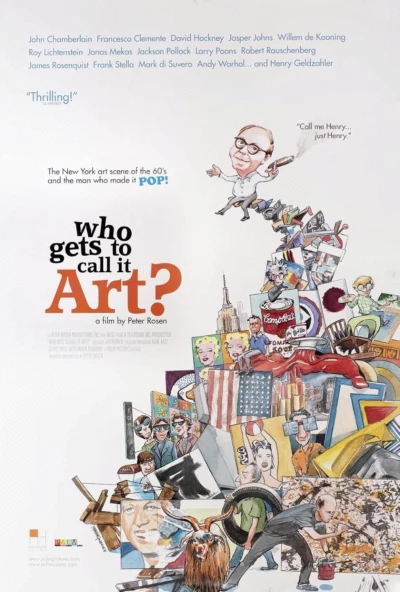
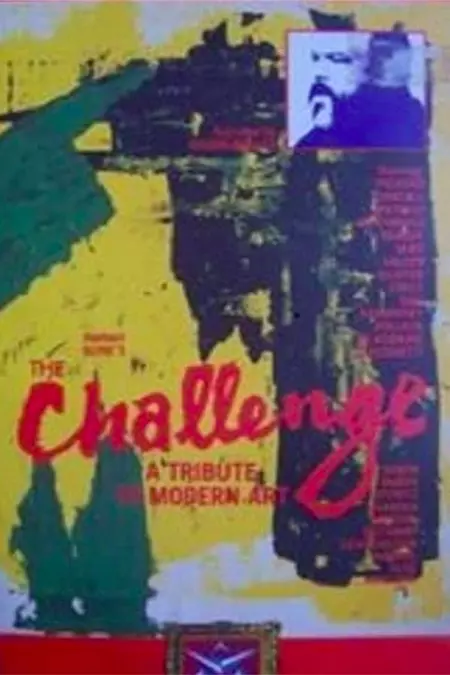
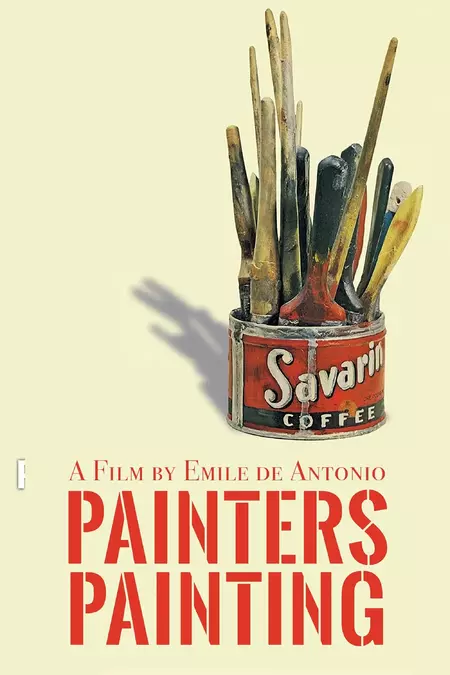
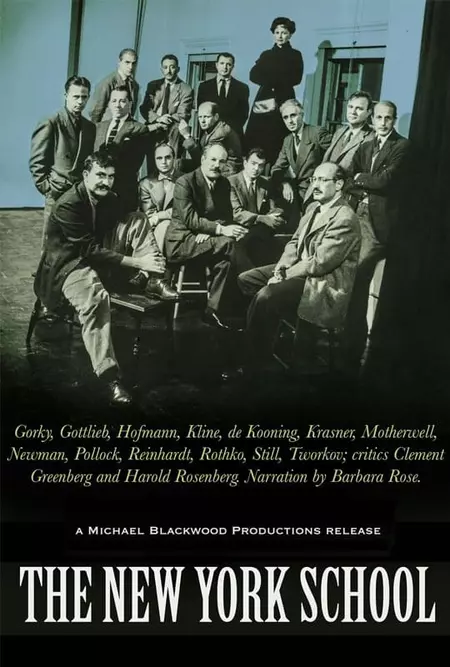
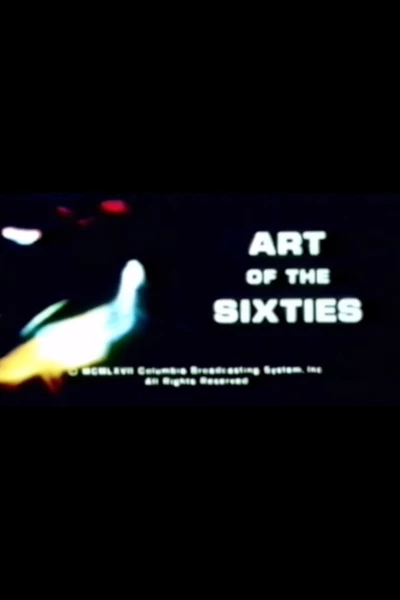

 ,
,